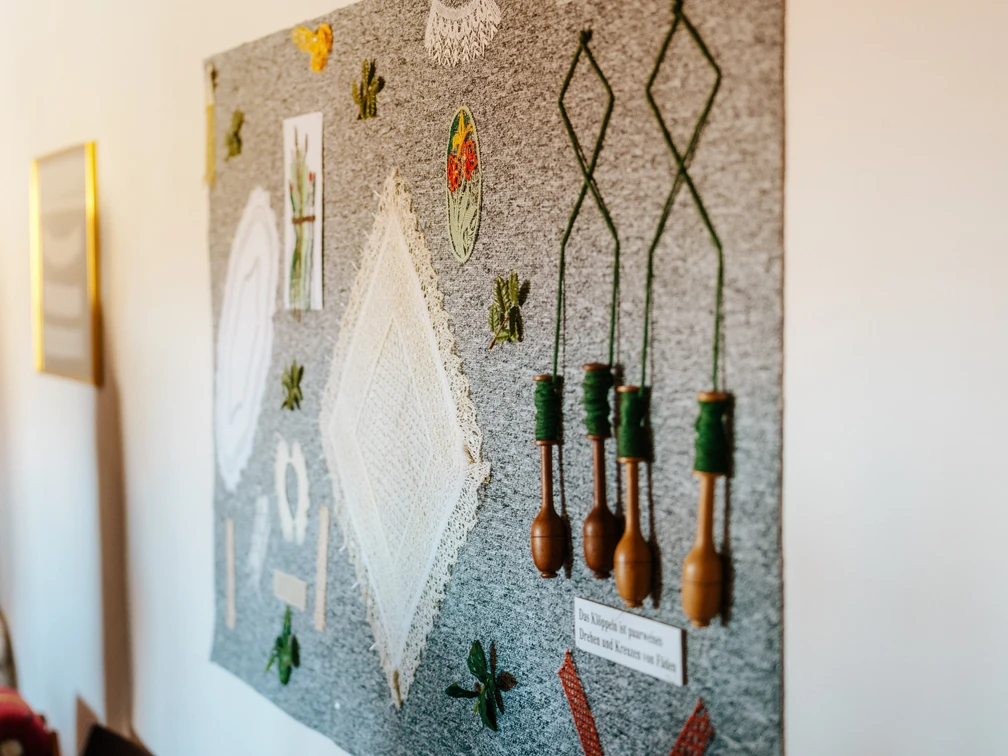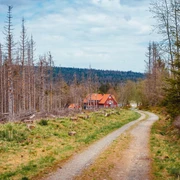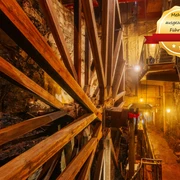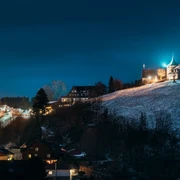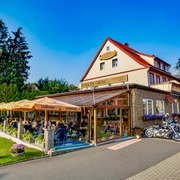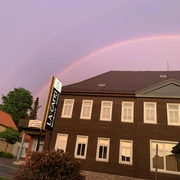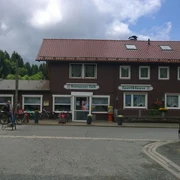Cost: €5.00 for materials, free for Harzklub members
Twisted, linked, intertwined - the bobbin lace
In the Harz mountains, bobbin lace-making was an important sideline for the mountain people. In the 16th/17th century, the art of lace-making came to the Harz mountains from the Erzgebirge. In 1859, the first bobbin lace school was even established in Sankt Andreasberg by a Dane from Copenhagen.
In bobbin lace-making, numerous threads are attached to small wooden "bobbins" and systematically twisted, linked and intertwined. This is how the filigree lace is created, into which symbols are often worked. The heart as a sign of love is often found as a central element in bobbin lace. Crosses, the lamb of God, the eye of God or even angels are often incorporated as symbols in lace used in a religious context. Classically, bobbin lace is made in white, cream or black, but nowadays coloured threads are also used.
This technique requires a certain amount of intuition. Anyone who looks over the shoulders of an experienced bobbin lace maker will be amazed at the speed with which she swings many bobbins and how evenly the lace is produced. For a simple utility lace, about 10 pairs of bobbins are needed, but for more elaborate laces, more than 100 pairs are used. Of course, these are not operated simultaneously, but are worked in groups according to the pattern.
The first machines for lace-making were invented in the 19th century. But to this day, the machine-made laces cannot be bobbin-tied around the corner and can thus only produce a continuous pattern.
Dates
Good to know
General information
Tourist Event
Eligibility
Target Group Teenager
Target Group Adult
Target Group Family
Target Group the Elderly
Author
Braunlage Tourismus Marketing GmbH
Organization
Braunlage Tourismus Marketing GmbH
License (master data)
Braunlage Tourismus Marketing GmbH
Nearby
